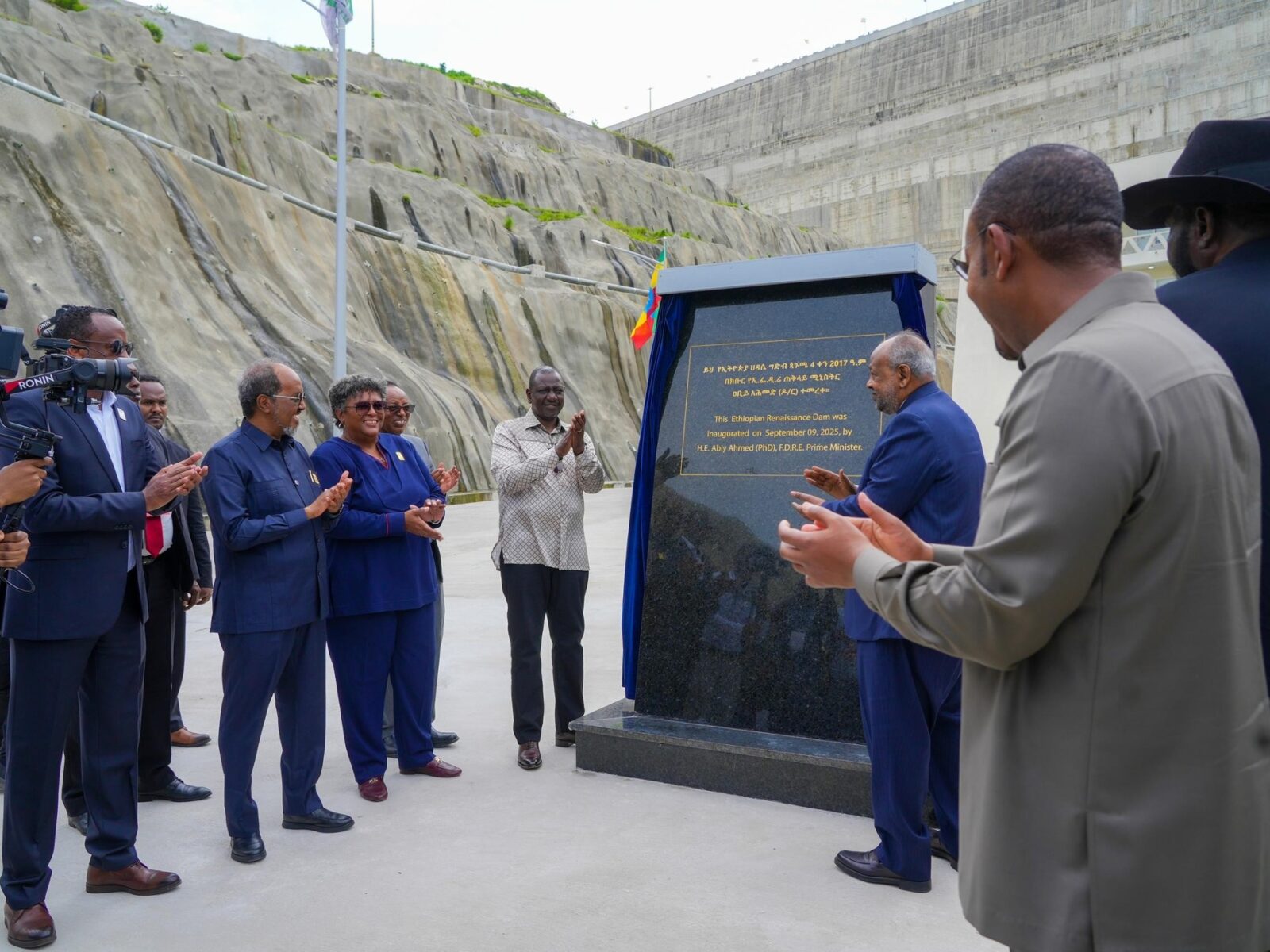Ethiopia’s Mega Dam: Promise of Prosperity, Risk of Regional Rift

GOOBJOOG NEWS|ADDIS ABABA: Addis Ababa – Ethiopia has officially inaugurated the Grand Ethiopian Renaissance Dam (GERD), a massive hydroelectric project on the Blue Nile in Benishangul-Gumuz region. With a generation capacity of over 5,000 megawatts, the dam is the largest power plant on the continent and one of the most ambitious infrastructure projects in Africa’s history.
The GERD has been described as a potential game changer for both Ethiopia and the wider Horn of Africa, with the ability to reshape the region’s economic and political landscape. It sits on the Blue Nile, which contributes nearly 85 percent of the water flowing into the Nile, a fact that has fueled intense regional debate.
Economic Promise
The dam is expected to provide abundant and affordable electricity across Ethiopia, boosting industrial growth, creating new jobs, and transforming livelihoods. Authorities hope the availability of reliable energy will accelerate domestic manufacturing and attract investment in new industries.
Ethiopia also plans to export electricity to neighboring countries including Sudan, Djibouti, Kenya, and potentially Somalia, securing much-needed foreign currency while expanding its regional influence. Revenues from the project are expected to fund roads, schools, and hospitals, driving wider social and economic progress.
Regional Power Shift
Beyond its economic impact, the GERD has given Ethiopia new strategic leverage as a hub for energy in Eastern Africa. However, the project has also heightened tensions with Egypt and Sudan, both of which fear reduced access to Nile waters essential for irrigation and agriculture.
Concerns are particularly focused on the filling of the dam’s reservoir, which could temporarily lower water levels downstream. The dispute has prompted years of negotiations, drawing in mediators from the African Union, the United States, and the United Nations in search of a cooperative water-sharing framework.
The Nile Question
The Blue Nile, flowing from Ethiopia into Sudan and Egypt, sustains millions of people through agriculture and irrigation. Critics argue the dam could disrupt this delicate balance, threatening food security downstream. Ethiopia counters that the GERD will regulate water flow, reduce flooding, and provide resilience against drought, allowing all riparian states to benefit more equitably from the Nile’s resources.
A Turning Point or a Flashpoint?
For Ethiopia, the dam represents national pride and independence, financed largely through domestic resources after international backers shied away due to political tensions. If managed cooperatively, it could be a source of shared growth across the Horn and Nile Basin. But without a lasting settlement on water usage, analysts warn it risks becoming a source of prolonged political friction with implications far beyond the region.